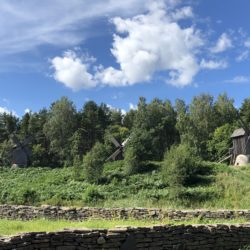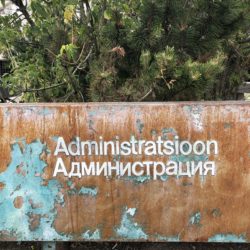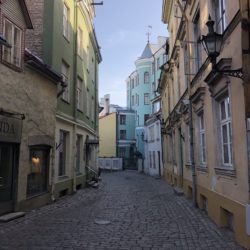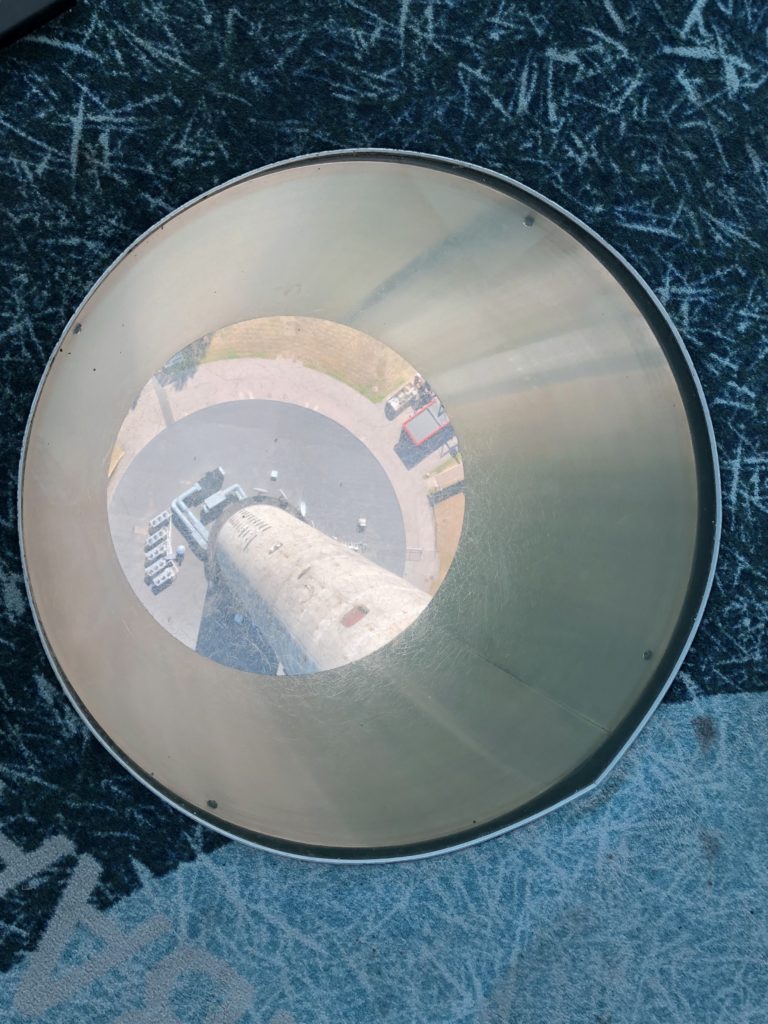
Getting to Kloostrimetsa
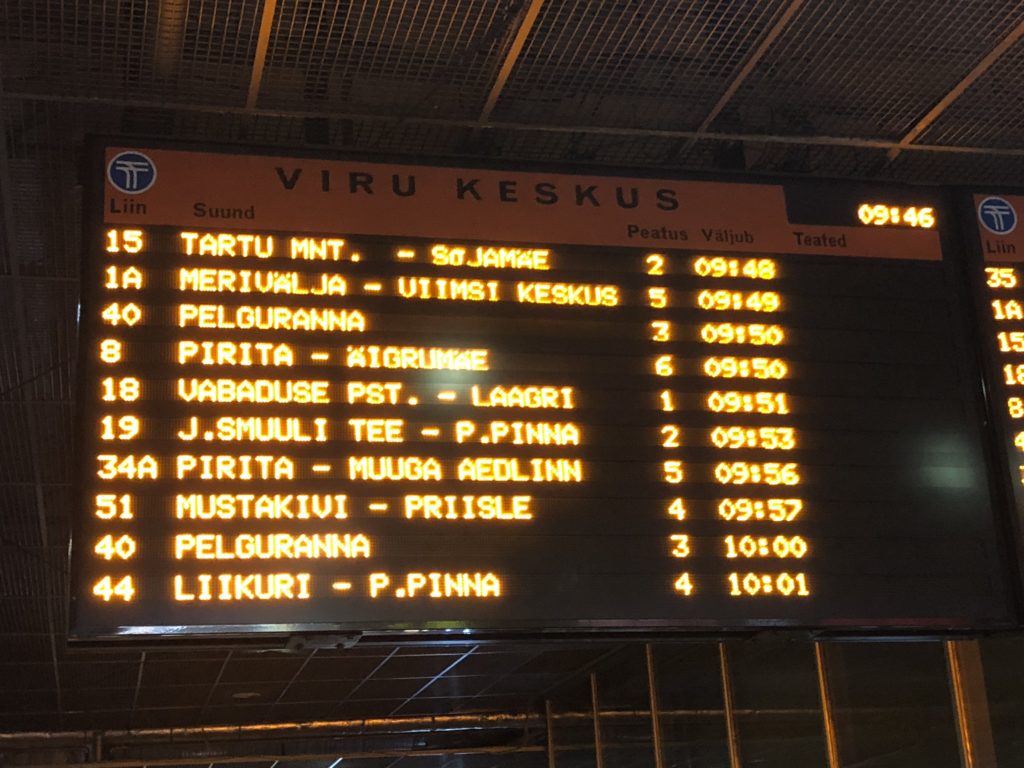
Before we talk about Kloostrimetsa, now is as good a time as any to discuss the public transportation system in Tallinn. The city is able to boast that it is the first capital in the EU to provide free public transportation to all its citizens. Yes, everyone in Tallinn gets to ride all city buses and trams for free. This does not extend to non-Tallinn residents though, and it will be very noticeable if, as a foreigner, you get on a bus or tram and don’t have the correct card to tap on the sensor.
Buying the Tallinn Card is a great option as it not only grants you entry to almost every museum and historical site in the capital, but it affords you free public transportation as well. You can also buy a plastic smart card and fill it up with as much money as you wish. In either instance, tap the card on the orange sensor when entering a bus or tram or a risk a €40 fine. (It is possible to buy a one-time use ticket directly from the bus driver, but it costs more to buy one ride on the bus than to use the smartcard.)
Viru Keskus is one of the largest shopping malls in Tallinn (anyone you ask will point you in the right direction). In the mall’s rather sketchy basement, you will find the largest bus terminal in the city. The 34A takes you right to Kloostrimetsa- get off at the Teletorn stop and you’ll have easy access to all the area has to offer.
Tallinna Teletorn (Tallinn TV Tower)
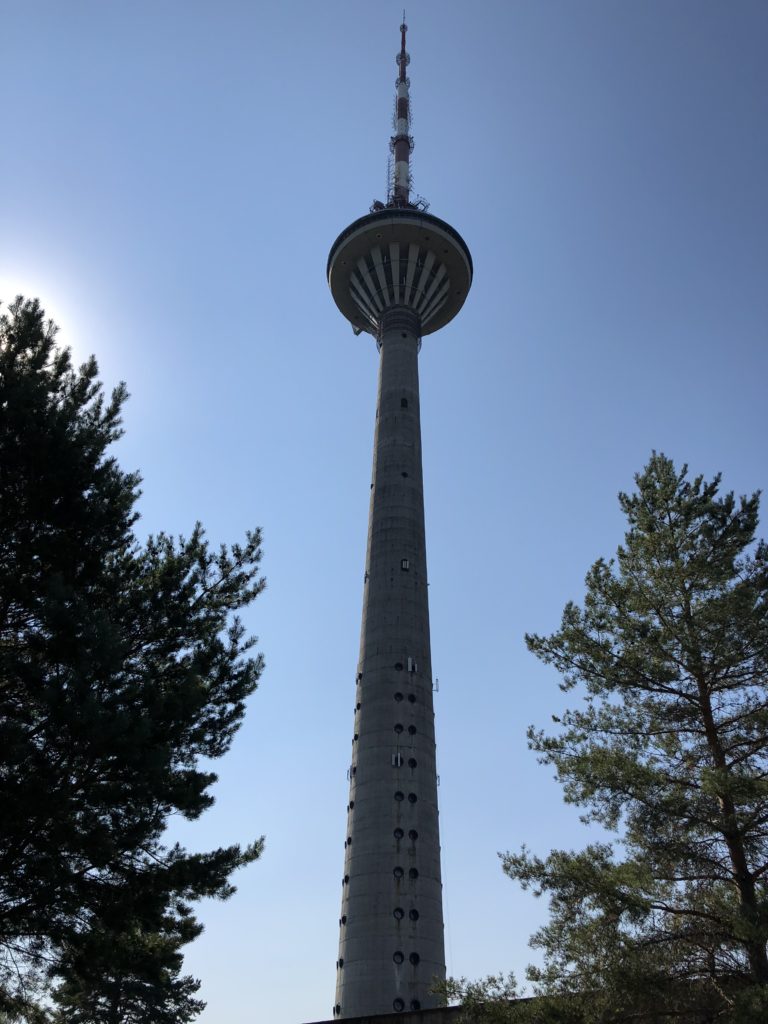
The Tallinna Teletorn was completed in 1980 and was to be used as a communications tower for the 1980 Moscow Olympics; the sailing events were held in Tallinn at the Linnahall. The tower stands 313m (1030ft), making it the tallest building in Tallinn. There is a viewing platform and museum on the 21st Floor, approximately 170m (557ft) up. The tower still broadcasts Estonian television and radio signals to this day.
A brief sidebar: Tallinn (and by default Estonia) was unique among the Soviet SSRs due to its proximity to Helsinki. Although it was strictly forbidden, Estonians were able to pick up Finnish television and radio signals, allowing them to subvert the Soviet media (aka propaganda) and have a connection to the outside world.
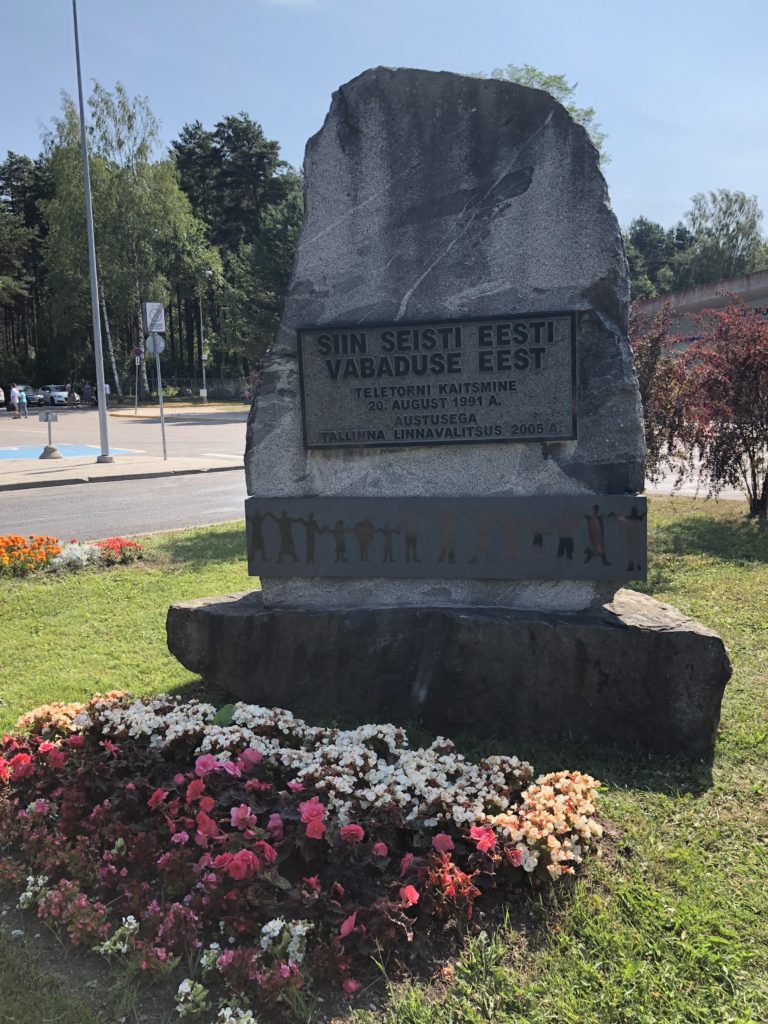
On August 20, 1991, as the Estonian Parliament was declaring Estonian independence from the Soviet Union, Moscow had directed tanks carrying the Soviet Army to enter Tallinn and take back the city. As soon as the declaration was read, the men working in the Teletorn, at great risk to their own lives, pulled the plug on all Soviet broadcasts and immediately began announcing on all radio and television stations that Estonia was a free republic once again.
The Soviet tanks headed straight for Kloostrimetsa, but they were in a race with the people of Tallinn who also swarmed the Teletorn grounds and locked arms around the base of the tower. The men inside the Teletorn jammed the elevators with matchbooks and were prepared to die before they would stop broadcasting that Estonia was free. The Soviet Army had a choice: either kill hundreds of citizens barricading the Teletorn or retreat. Comprehending that the end was near, they chose the latter. Not one drop of blood was shed and the Estonian people didn’t point a single weapon at the Soviet Army. They won their sovereignty back through unity, song and locked arms.
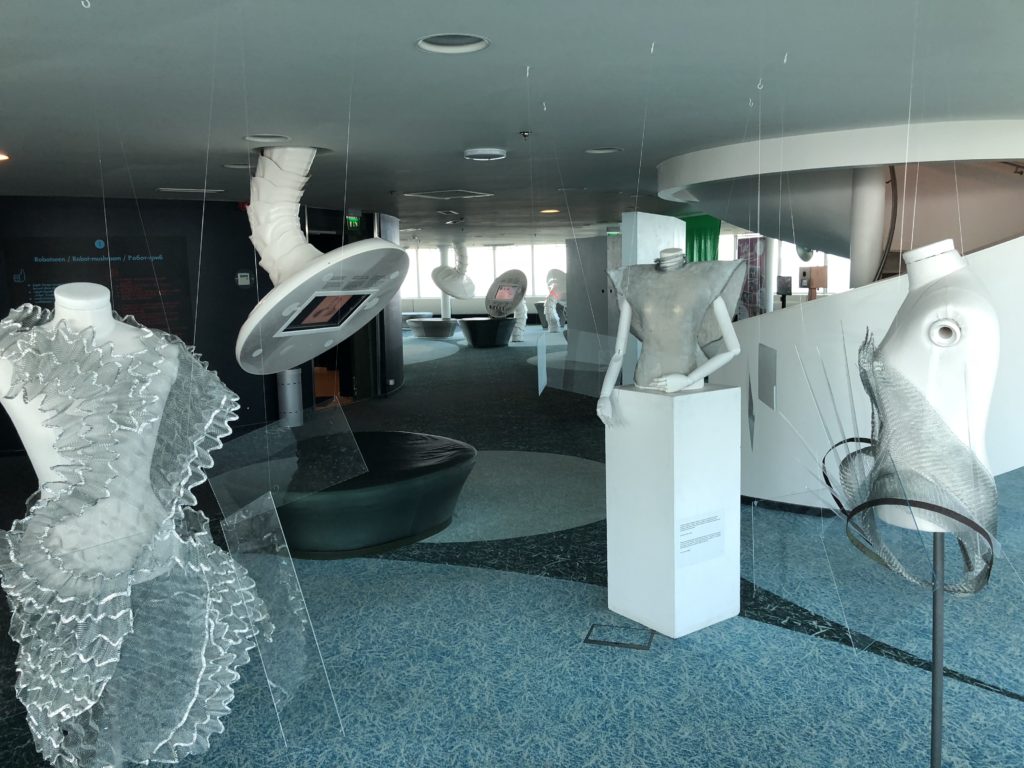
Today the 21st Floor houses a museum featuring advancements in Estonian science and technology, as well as futuristic fashions from local designers. Skype was created in Estonia and the country has some of the fastest internets in all of the EU. There are some interesting exhibits for those technologically-inclined visitors.
The other main draw is the outdoor viewing platform that allows you to see all of Tallinn; on a clear day, you can even see Helsinki. There is even an “Edge Walk” where you are harnessed via a cable to the tower and you can walk outside with no guardrails or ledge to hold onto. I passed, but apparently, it’s pretty terrifying, not to mention expensive!
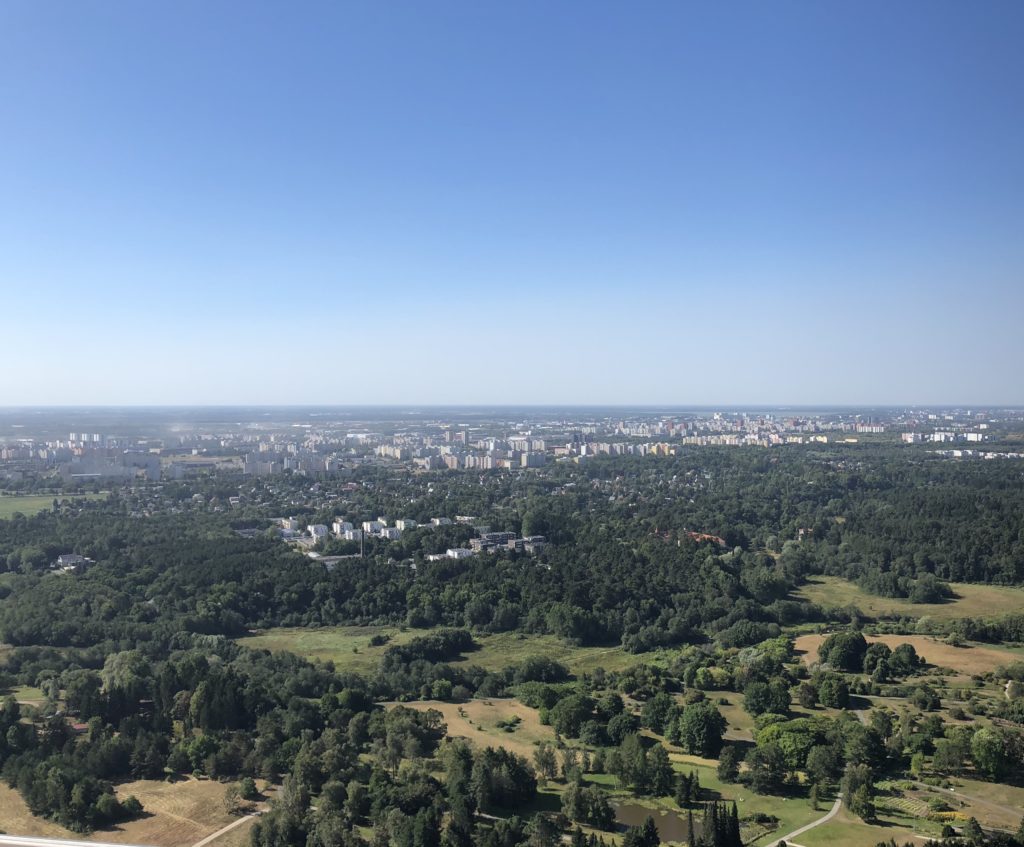
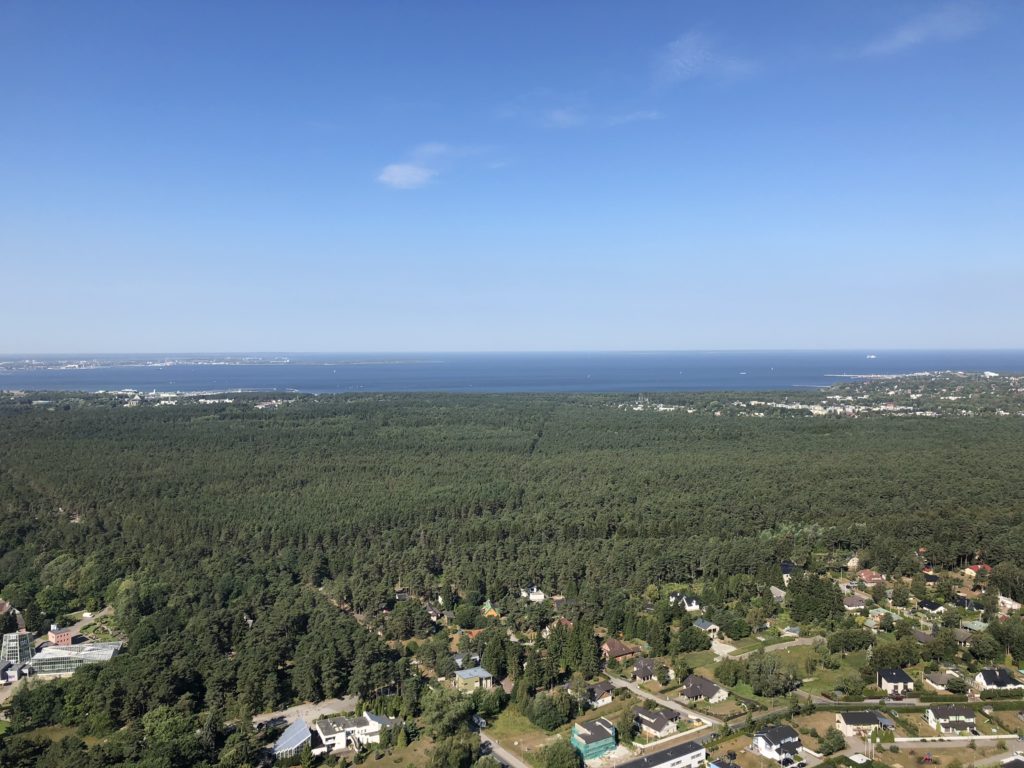
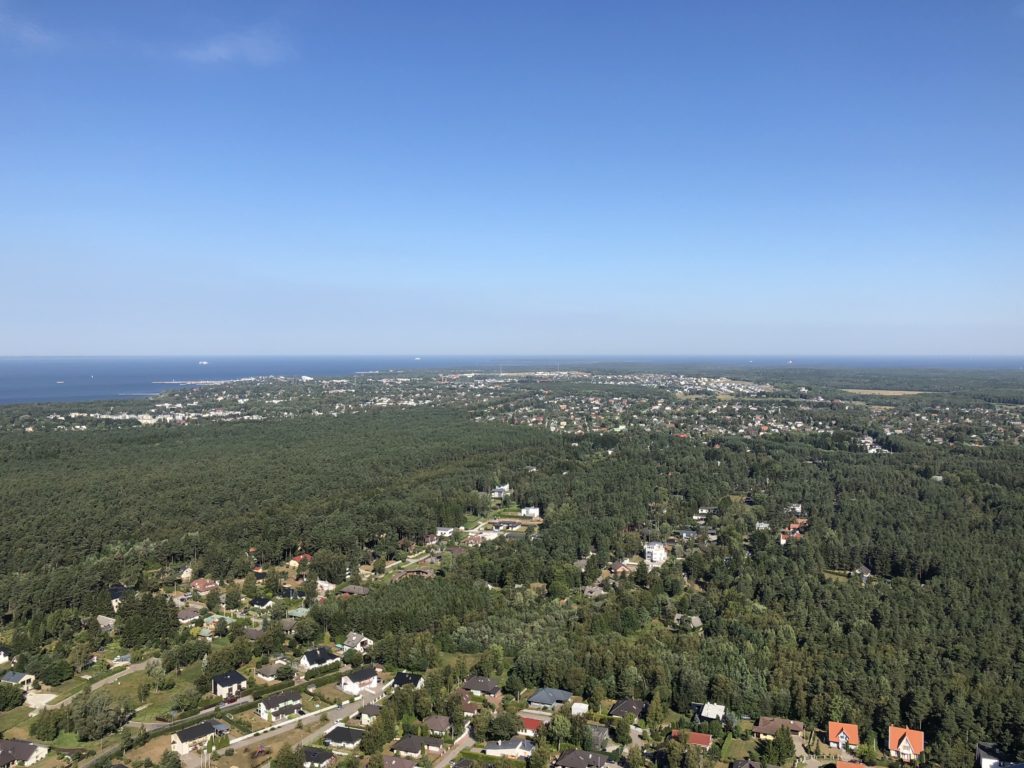
Time Travel to Soviet Daily Life
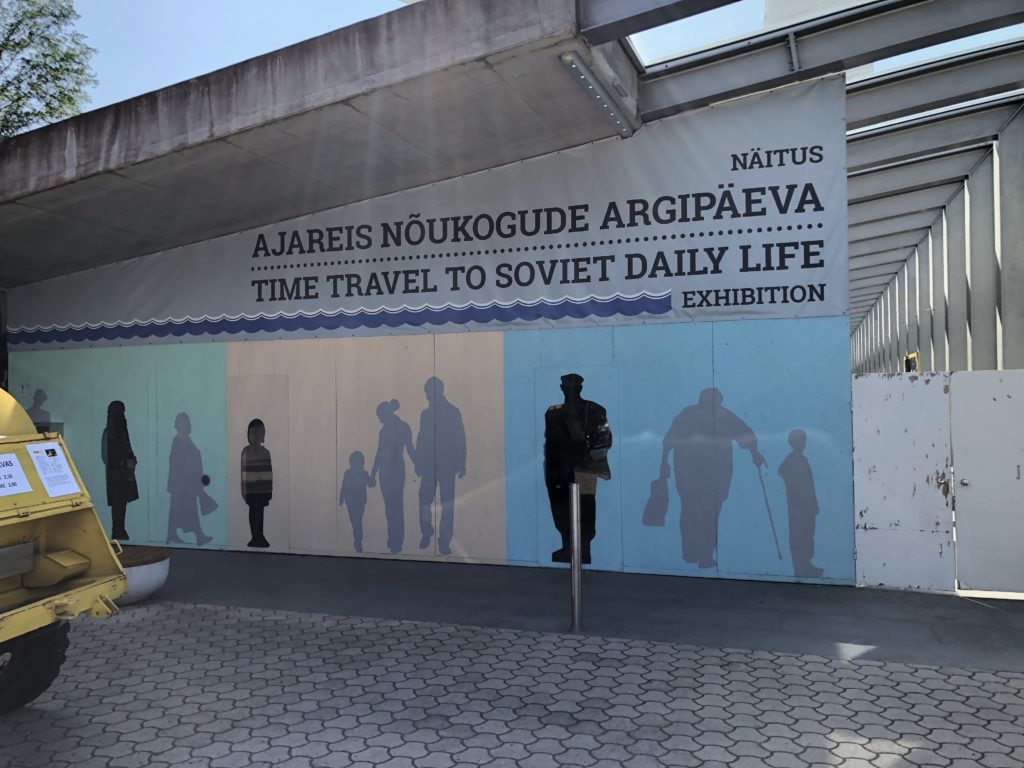
At the base of the Teletorn is an excellent exhibition on what it was like to live in the Soviet Union on a daily basis. Reading what life was like is rather surreal and difficult to imagine. For starters, the government-controlled all aspects of the media. Every word printed in a newspaper or magazine or broadcast on the radio and television was vetted by Soviet officials first. Anything that painted the Soviet Union as not the best country in the history of the world was not printed. Airplane crashes, train derailments, murders and assaults were often kept out of the news. International news was limited and foreign products were difficult to come by. Travel outside the Soviet Union was generally not allowed unless you were high up in the communist party and not seen as a risk for defection.
Private businesses did not exist. Literally, everything was owned by the state. Farms, supermarkets, factories, shops, hair salons- you name it- was all owned by the government. Even houses and apartments were not owned by the people. The Soviet Union (in theory) was to provide everything for its citizens and in return they would work to produce the goods the country needed. Citizens did not choose their professions; they were assigned by the government.
A black market developed where people bartered for food and specialty items. Oranges, bananas and Vienna sausages were very rare and precious items indeed. People would wait in long lines for a loaf of bread or some flour and eggs. If you wanted to purchase a large item like a car, refrigerator, washer/dryer or even a vacuum, you would be put on a waitlist for that item. It might take years to receive a car, and when your name was called you had no say in which car or refrigerator you would get. You were offered one option, take it or leave it.
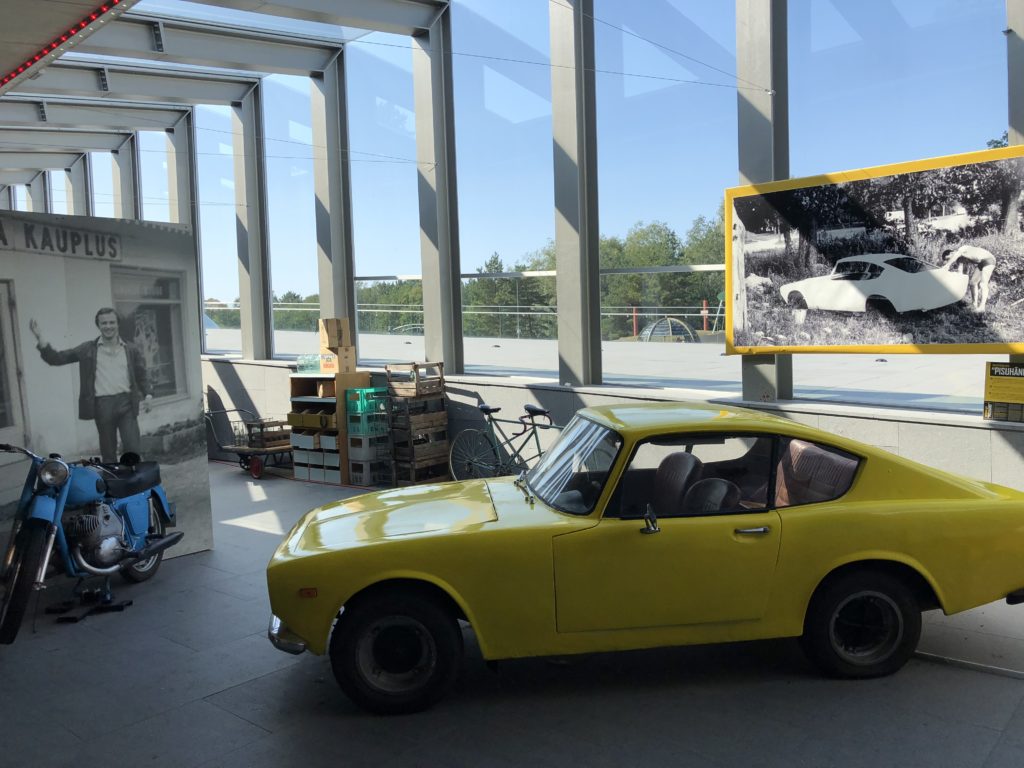
There was much corruption and bribery in the local governments. Communist party members had access to Western goods and could provide others with what they lacked for a hefty sum.
One of the most interesting aspects of Soviet life was advertisements. There were no goods in the stores to advertise, and even if there were, people didn’t have any money to purchase them. Still, companies were not allowed to let even one penny of their state-sanctioned budgets go to waste and advertisements had to be created for their goods. This was naturally absurd and the TV spots were especially hilarious. I filmed some of the commercials being shown at the exhibition and had a good laugh.
Tallinna Botaanikaaed (Tallinn Botanical Garden)
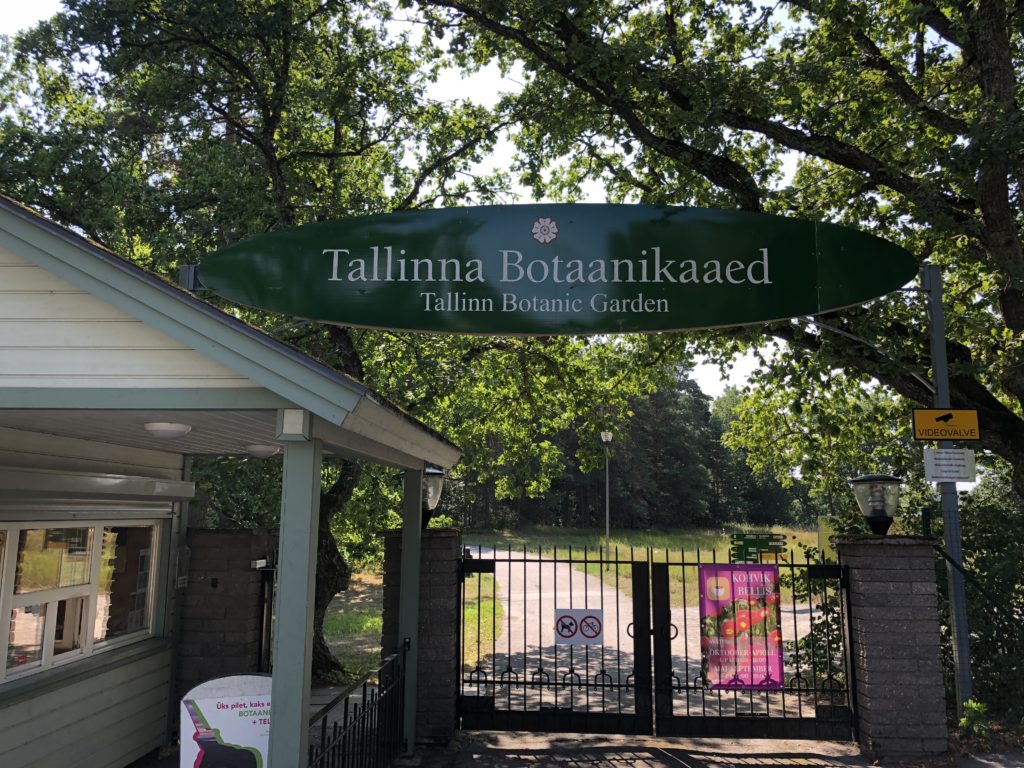
Right next door to the Teletorn is the Tallinna Botaanikaaed. The Botaanikaaed was built on the grounds of Kloostrimetsa Farm, a piece of land owned by the first President of Estonia, Konstantin Päts. The farm had nearly 1000 apple trees and was also a larger producer of cherries, pears and plums. When the second Soviet occupation began in 1944, the state seized the farm and later turned into the botanic garden which opened in 1961.
Today there is a hothouse with tropical plants, but the remainder for the gardens tries to evoke what it would be like to roam the farm and Kloostrimetsa forest during Estonia’s first bout with independence. It isn’t the showiest botanical garden I’ve been to, but it’s relaxing, inexpensive and worth visiting.
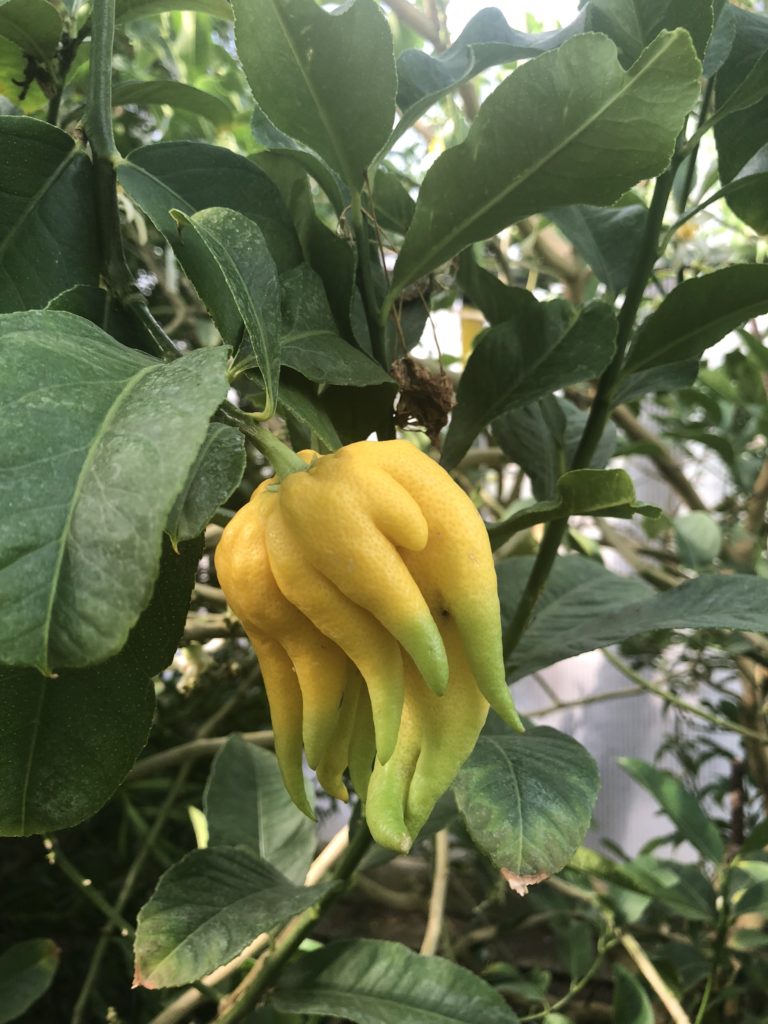
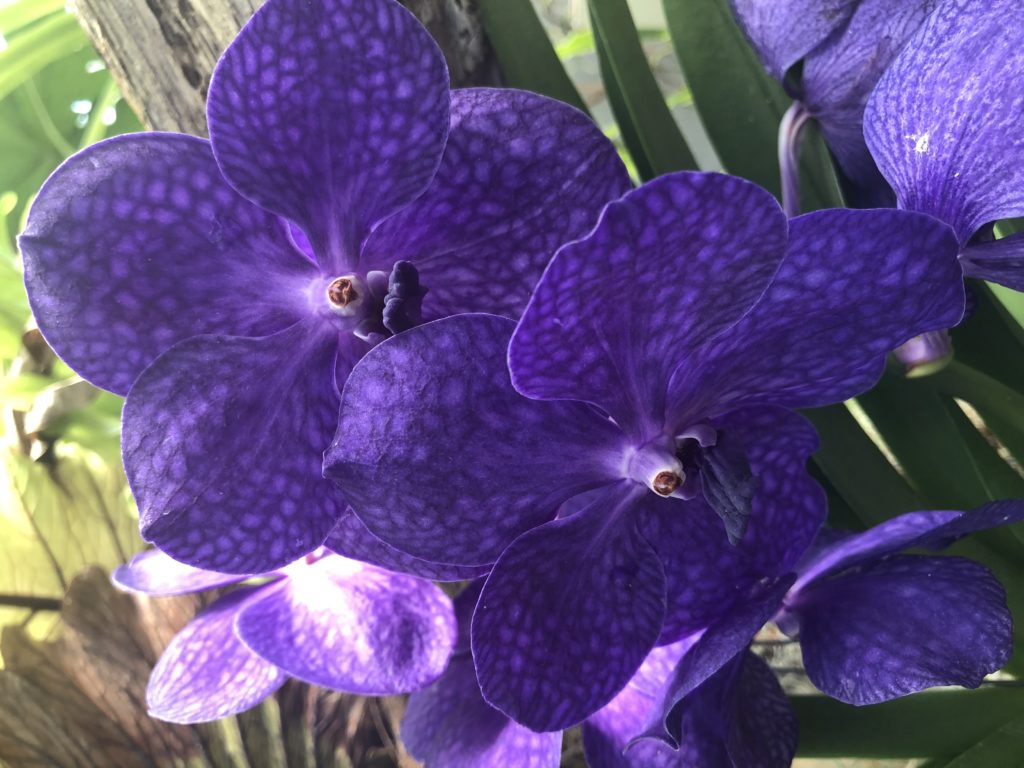
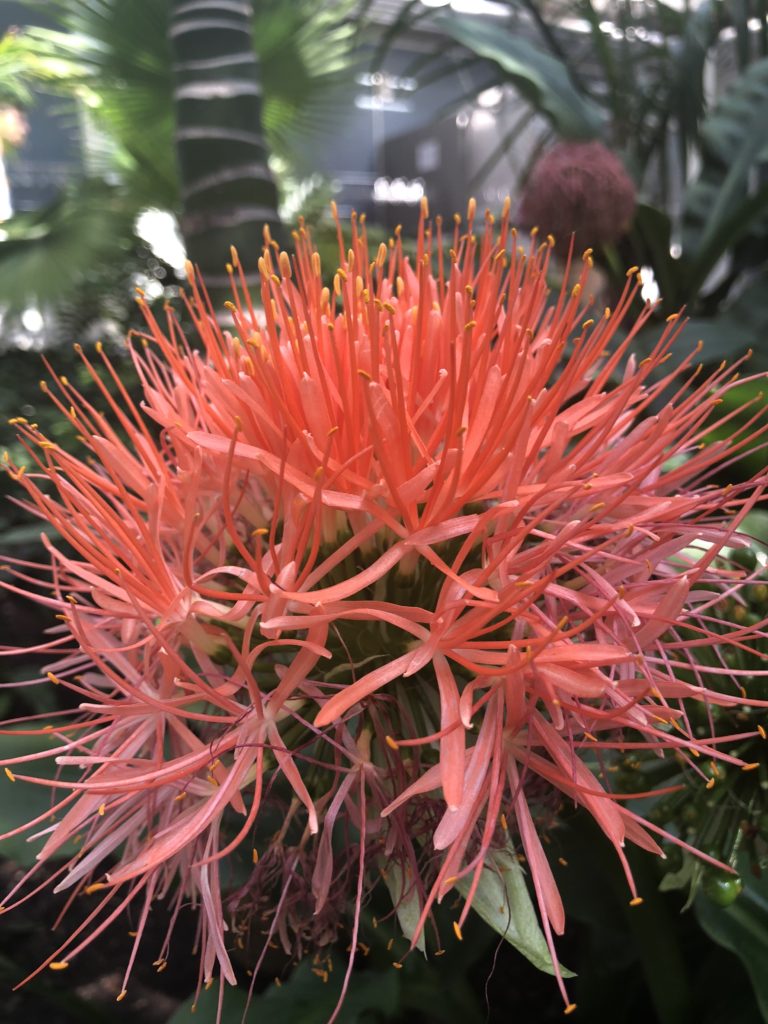
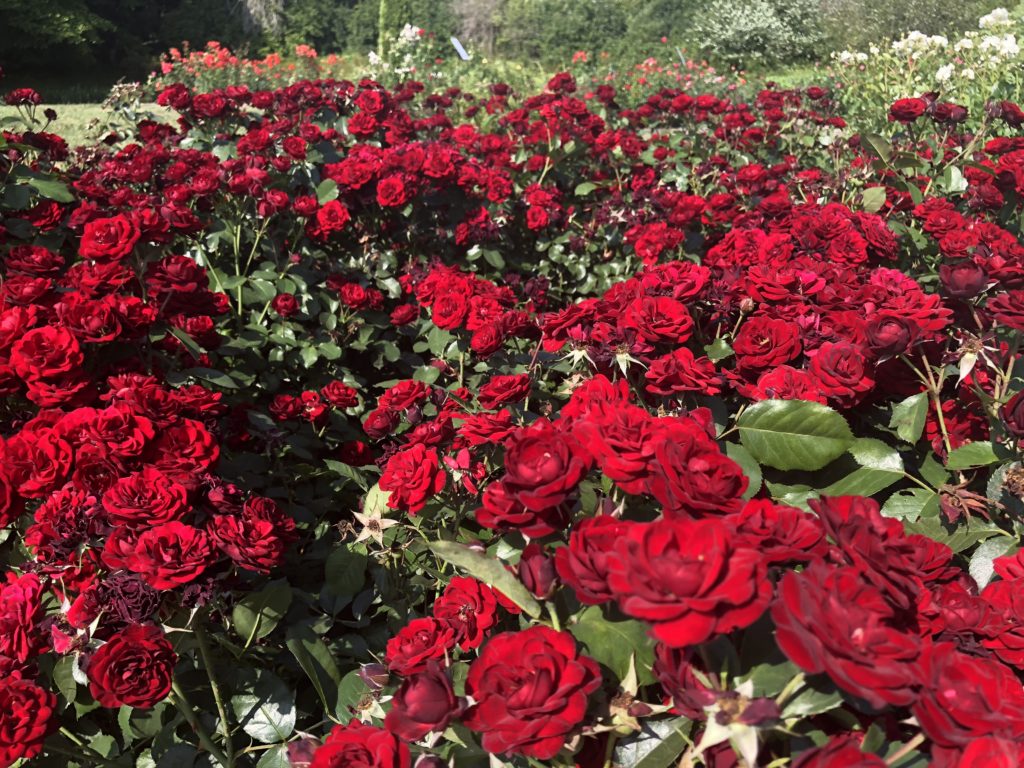
The garden paths also offer some nice views of the Teletorn, which photographs better with a little distance as opposed to up close.
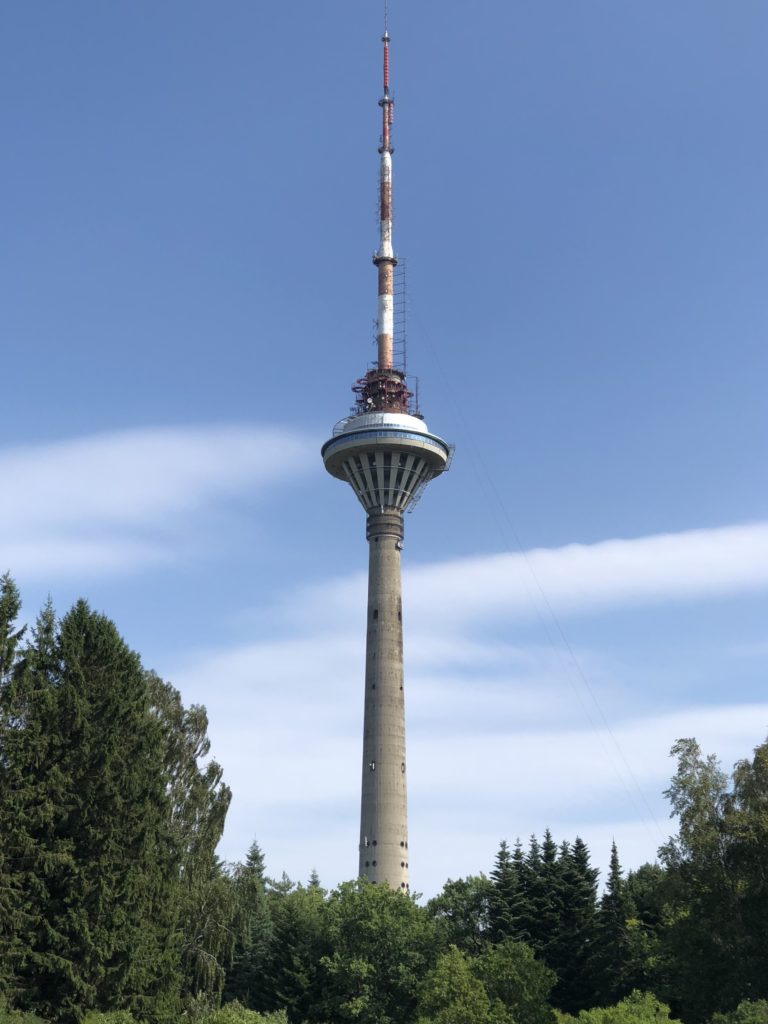
A day trip to Kloostrimetsa packs a lot of punch. You have Soviet concrete wonder that is the Teletorn; stunning views; the technology exhibition and the in-depth look at Soviet daily life. A five-minute walk down the road leads you to a natural oasis in the Kloostrimetsa forest within the confines of the botanical garden. Bus 34A will have you back in the city in under 30 minutes. This is a don’t-even-think-about-skipping-it adventure and one of the highlights of my time in Tallinn.
